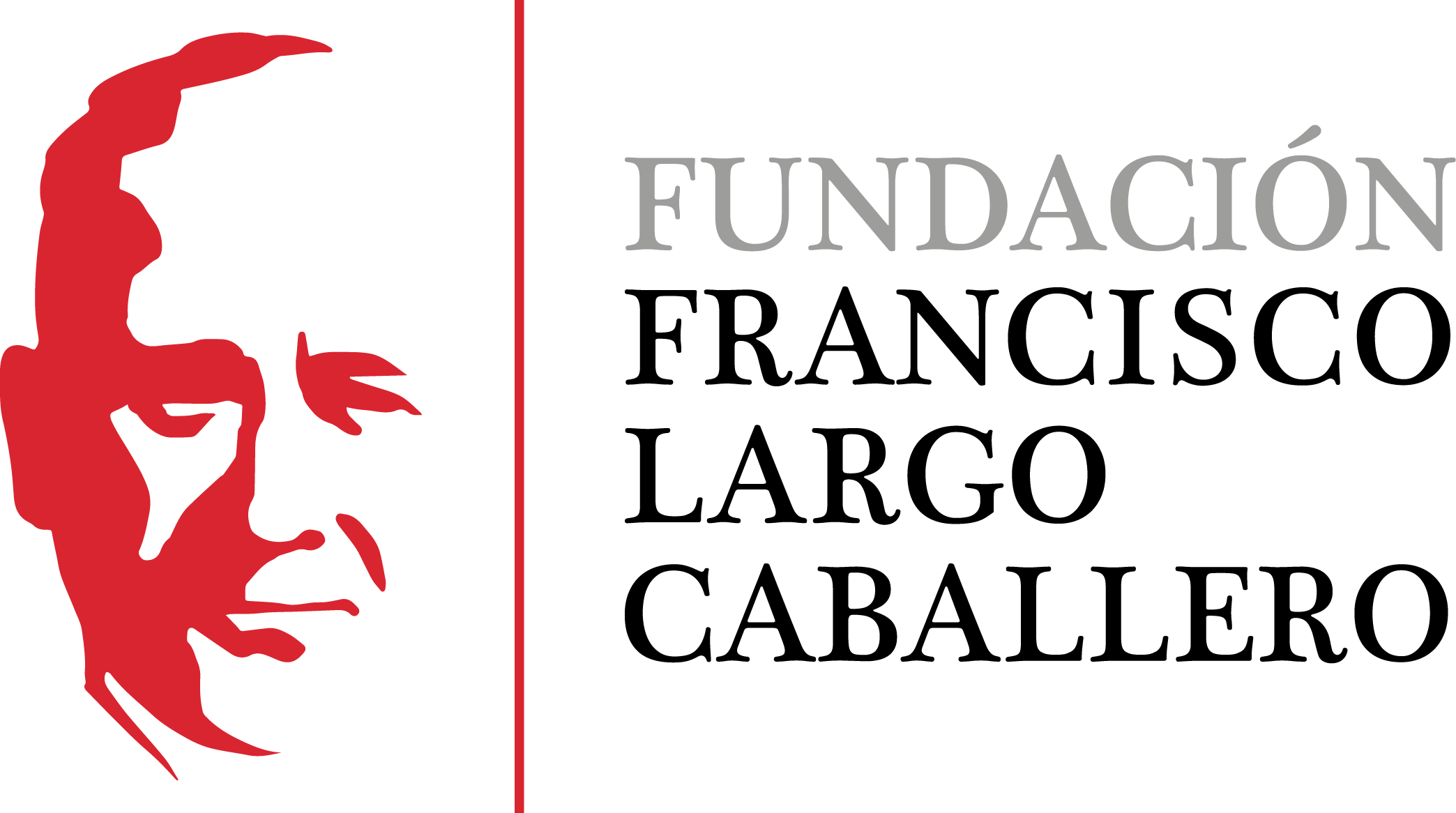Submissions
Submission Preparation Checklist
As part of the submission process, authors are required to check off their submission's compliance with all of the following items, and submissions may be returned to authors that do not adhere to these guidelines.- The submission file is in Microsoft Word format, the main text is Times New Roman font, size 12, with 1.5 line spacing. No blank spaces are left between paragraphs.
- Wherever possible, URLs are provided for references. If the publication has a DOI (Digital Object Identifier), the end of the citation will be included. The full link will simply be included at the end of the citation /e.g https://doi.org/10.69791/rahc.47 )
- At the end of the article, a list of the bibliography/references used in the text is presented, which will be arranged alphabetically with the surnames placed before the first name. Each reference is presented in full and on its own line.
- The submission contains an original article that has not been previously published or is not under consideration elsewhere (or an explanation has been provided in Comments to the Editor).
- The text adheres to the stylistic and bibliographic requirements summarized in the Author Guidelines, which appear in About the Journal.
- The text is not signed and the file has been anonymized.
Copyright Notice
As stated in the author guidelines, by publishing in this journal you are agreeing to the following conditions:
-
Authors retain copyright and grant the journal the right of first publication of their work.
-
All texts are distributed under a Creative Commons Attribution 4.0 International (CC BY 4.0) license, which allows sharing, adapting, and reusing the content as long as authorship and the original publication in this journal are acknowledged.
Full license terms can be consulted at: https://creativecommons.org/licenses/by/4.0/
Privacy Statement
The names and email addresses entered in this journal site will be used exclusively for the stated purposes of this journal and will not be made available for any other purpose or to any other party.




